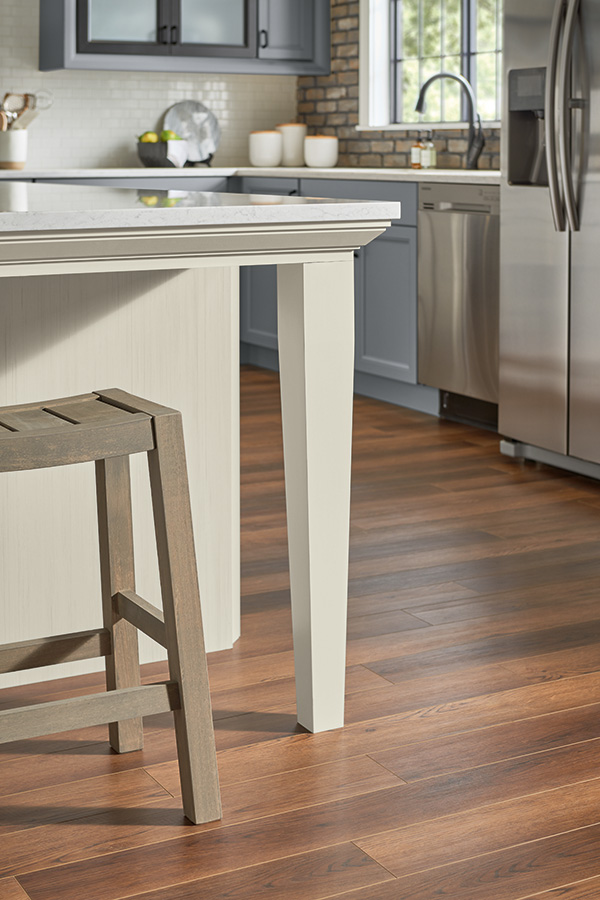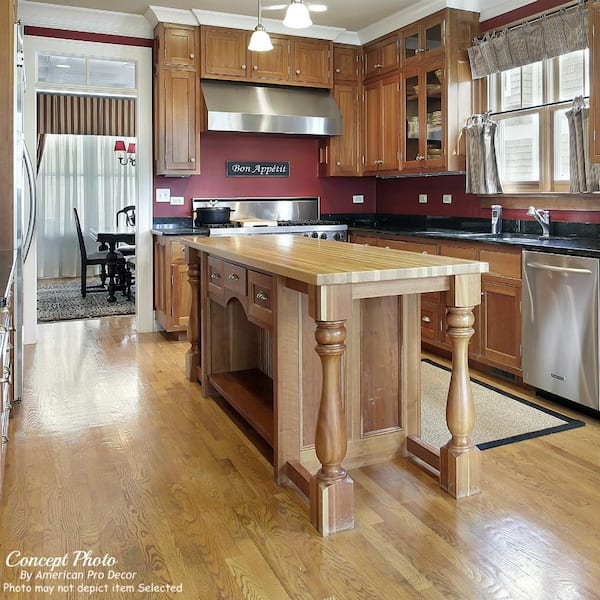Make The Most Of Adaptability with Flexible Legs For Kitchen Island Attributes
Make The Most Of Adaptability with Flexible Legs For Kitchen Island Attributes
Blog Article
A Guide to Selecting the Perfect Legs For Kitchen Island for Your Home
Choosing the ideal legs for your kitchen area island is a nuanced choice that impacts both the capability and visual appeal of this main area. Variables such as elevation, materials, and design play a crucial function in balancing your island with the general kitchen layout. In addition, comprehending the value of stability and maintenance can significantly influence your option. As you take into consideration these aspects, it ends up being noticeable that the appropriate legs can change not just the appearance of your cooking area however additionally its use for years to come. What certain attributes should you focus on in this option procedure?

Comprehending Kitchen Island Legs
When choosing legs for a kitchen island, it's important to understand their useful and visual duties in the overall design. The legs act as an essential assistance system, making sure stability and durability for the island, which commonly operates as an office, eating area, or collecting spot. Consequently, the option of product and building and construction method must be durable adequate to withstand daily use and prospective wear.
In enhancement to their structural obligations, legs add dramatically to the island's visual charm. They can boost the cooking area's design, whether via conventional, modern, or diverse layouts. The height and percentage of the legs are additionally critical considerations; they have to harmonize with the island's countertop height while ensuring comfy seating for those using the space.
Moreover, the leg layout can influence the overall circulation of the cooking area. Open, airy leg styles can create a sense of agility, while solid, considerable legs may convey a more grounded and steady aesthetic - Legs For Kitchen Island. Understanding these aesthetic and functional facets will certainly lead homeowners in making informed choices that enhance their kitchen's style and boost its usability
Popular Styles and Materials
The choice of legs for a kitchen area island encompasses a range of preferred designs and materials, each offering one-of-a-kind qualities that can boost both performance and looks. Conventional legs commonly exhibit elaborate details and workmanship, boosting classic kitchen layouts.

Elevation and Security Factors To Consider

Security is one more important consideration. The legs of the cooking area island ought to give adequate assistance, making sure that the structure can hold up against everyday use without wobbling or changing. Product selection plays a substantial function in stability; metal legs, for instance, often tend to use greater stamina compared to timber. Additionally, making sure that the island over here is securely anchored to the floor or wall surface can enhance security, specifically for larger islands that may birth substantial weight.
Matching Your Kitchen Aesthetic
Choosing the ideal legs for your kitchen area island goes beyond capability; it additionally plays why not find out more a considerable function in the total visual of the space. When choosing legs, think about the design style of your kitchen. For a modern appearance, streamlined steel or minimal layouts can create a clean, modern-day ambiance. On the various other hand, rustic or standard kitchens often gain from wooden legs with elaborate describing or a distressed surface, improving warmth and personality.
Color is another important factor. Legs that complement or comparison with your island's surface area and bordering cabinetry can create aesthetic consistency or striking centerpieces. Coupling dark timber legs with a light marble counter top can add depth and interest. Additionally, take into consideration the coating of the legs; matte, shiny, or textured coatings can significantly affect the overall feeling of the kitchen area.
Installment and Upkeep Tips
Mounting kitchen island legs requires cautious attention to information to guarantee both security and visual appeal. Begin by picking an appropriate area for your island, guaranteeing it is degree and has ample room for movement. If you are connecting the legs to a wall surface or utilizing brackets for included support, utilize a stud finder to situate wall studs. Mark the placement of the legs properly before exploration.
When securing the legs, utilize top quality screws and, if necessary, timber glue for added strength. For metal legs, make certain that you are making use of appropriate anchors and devices to prevent damages to your floor covering. It is advisable to look for levelness after installment, making changes as needed to stay clear of tottering.
Clean the legs with an ideal cleaner, staying clear of rough products that may scrape the surface. By complying with these installation and maintenance ideas, you can ensure that your kitchen island legs continue to be both useful and aesthetically appealing.
Final Thought
Finally, picking the check this site out appropriate legs for a kitchen island demands careful factor to consider of elevation, stability, and visual compatibility. By choosing ideal materials and styles that straighten with the general kitchen area style, functionality can be boosted while preserving aesthetic allure. Appropriate installation and recurring maintenance further add to the sturdiness and longevity of the kitchen island. Eventually, thoughtful leg choice plays an important role in boosting both the practicality and style of the kitchen area room.
When selecting legs for a kitchen island, it's essential to comprehend their functional and aesthetic functions in the total design. Open, airy leg designs can develop a sense of agility, while strong, substantial legs may communicate a much more based and steady aesthetic. The legs of the kitchen island ought to give appropriate support, making certain that the structure can stand up to day-to-day use without moving or tottering.Installing cooking area island legs needs mindful attention to detail to make certain both security and visual appeal.In final thought, choosing the ideal legs for a kitchen island requires mindful consideration of height, stability, and aesthetic compatibility.
Report this page